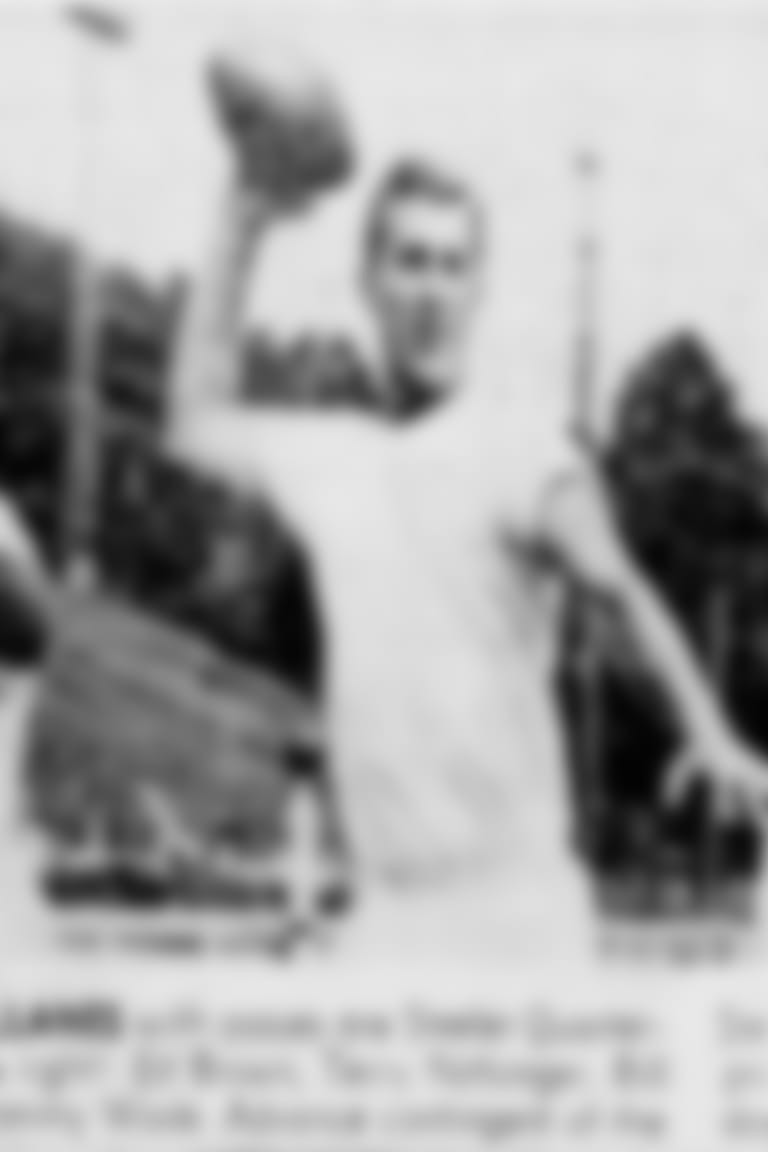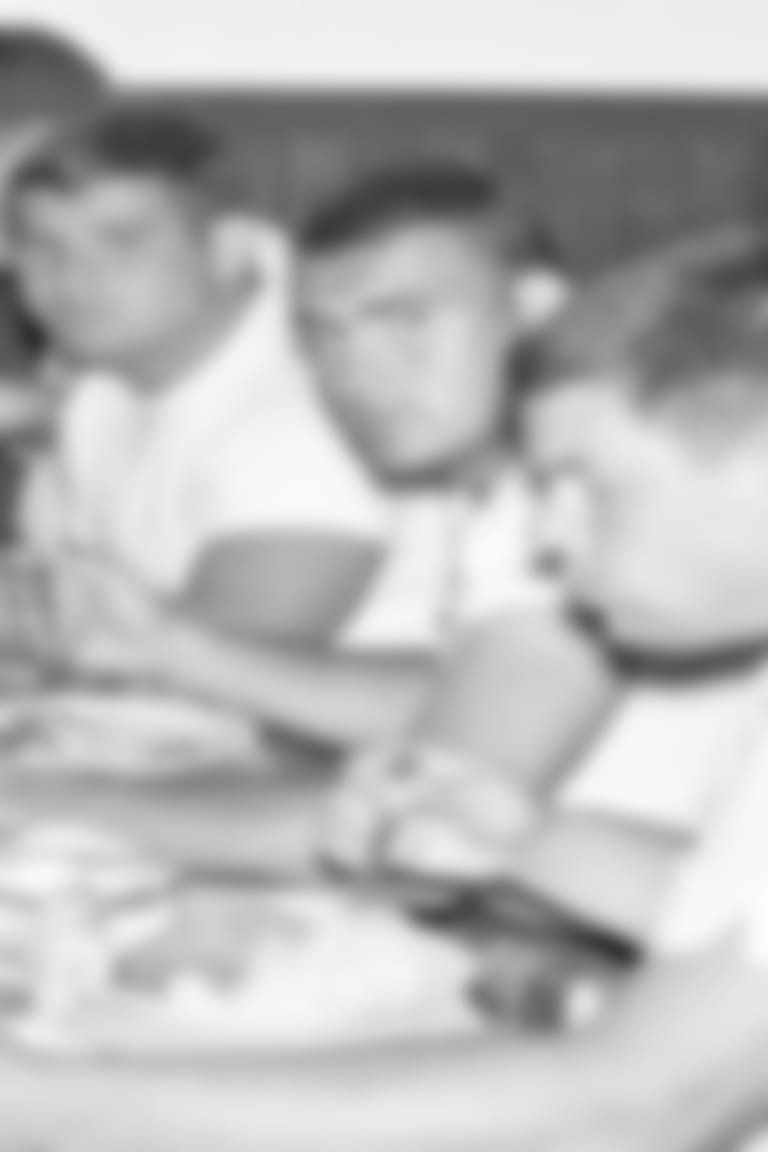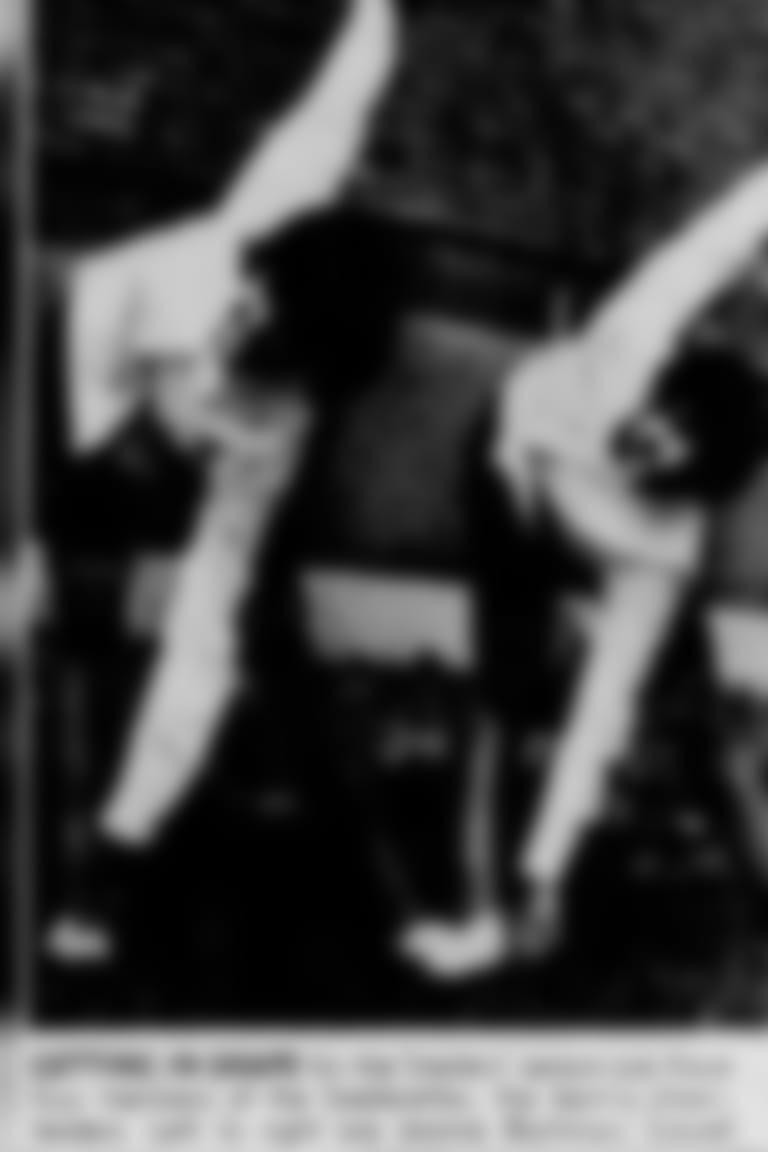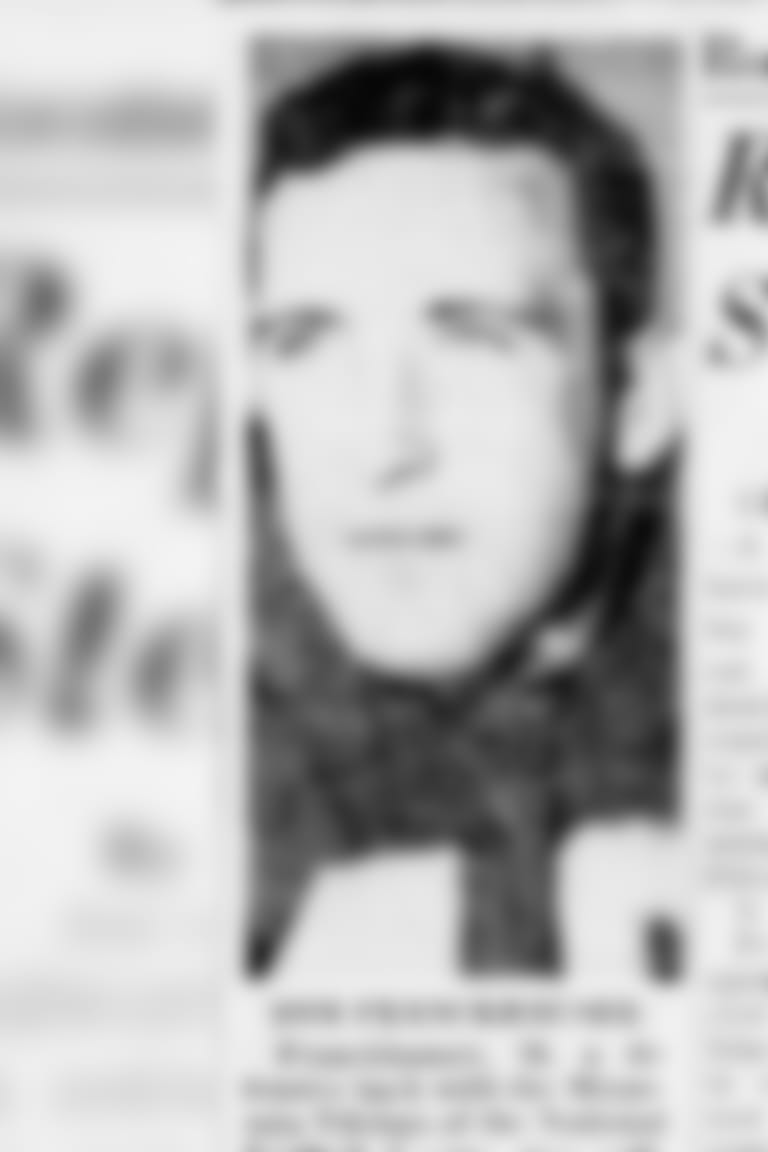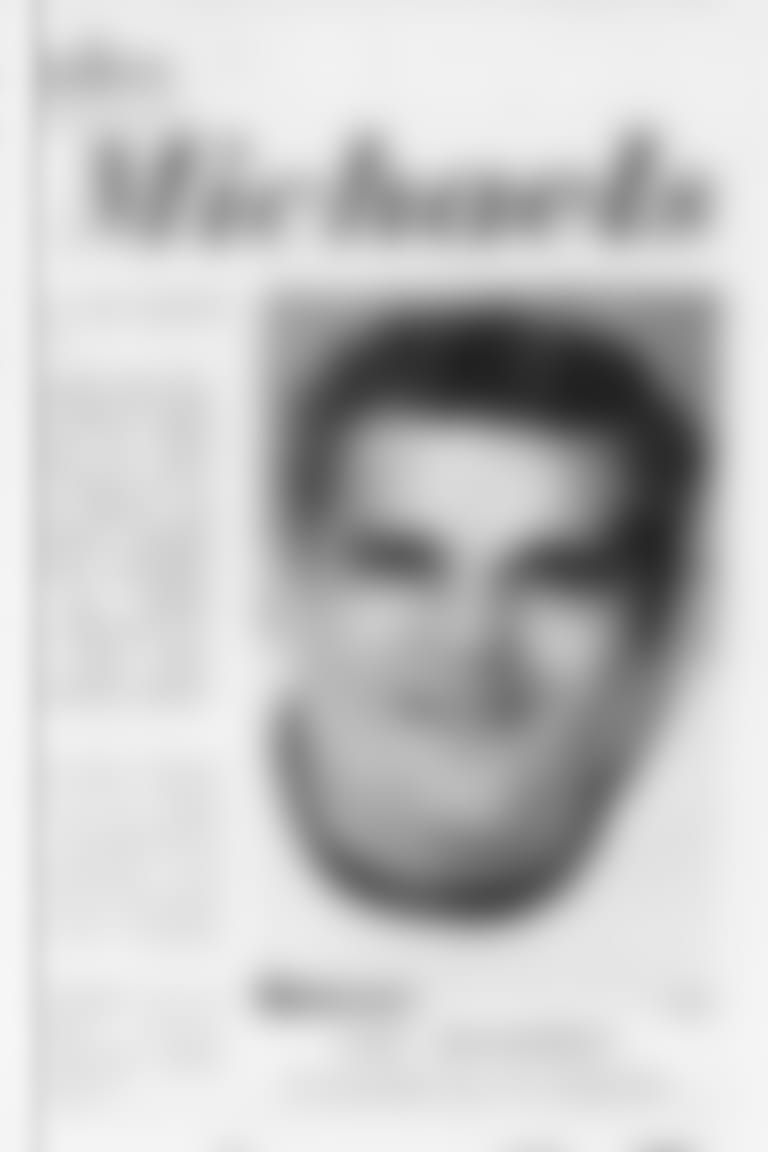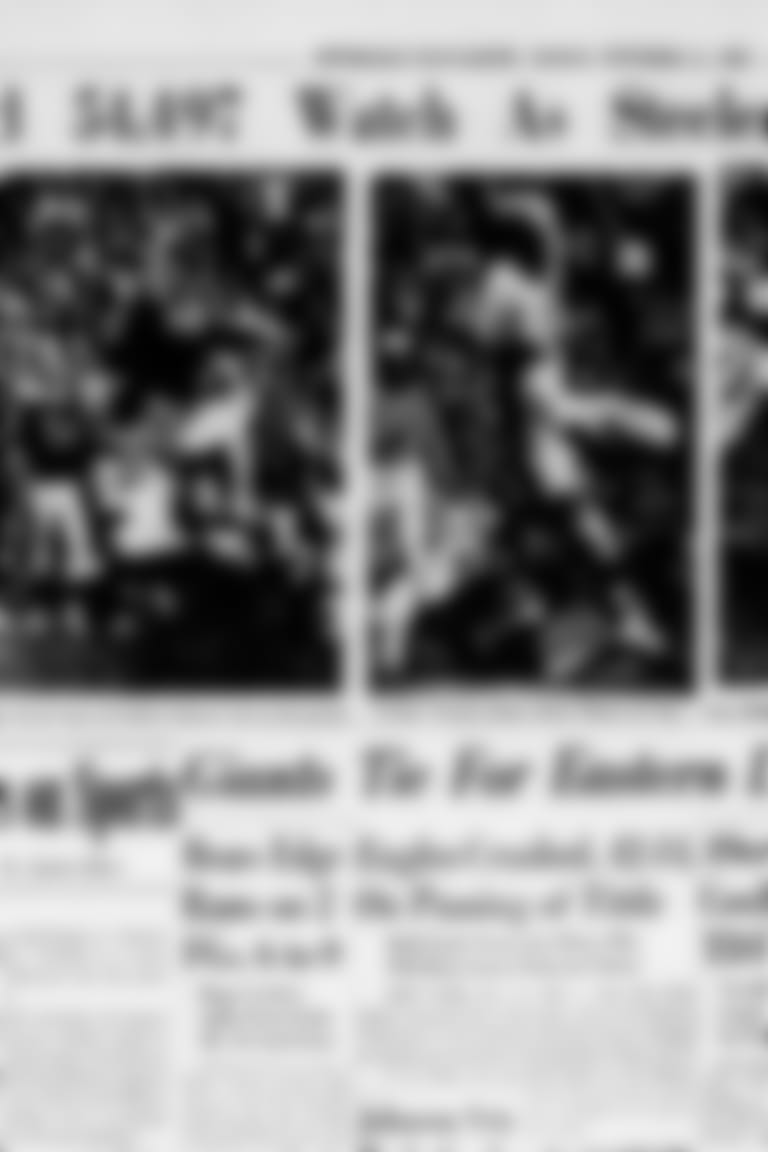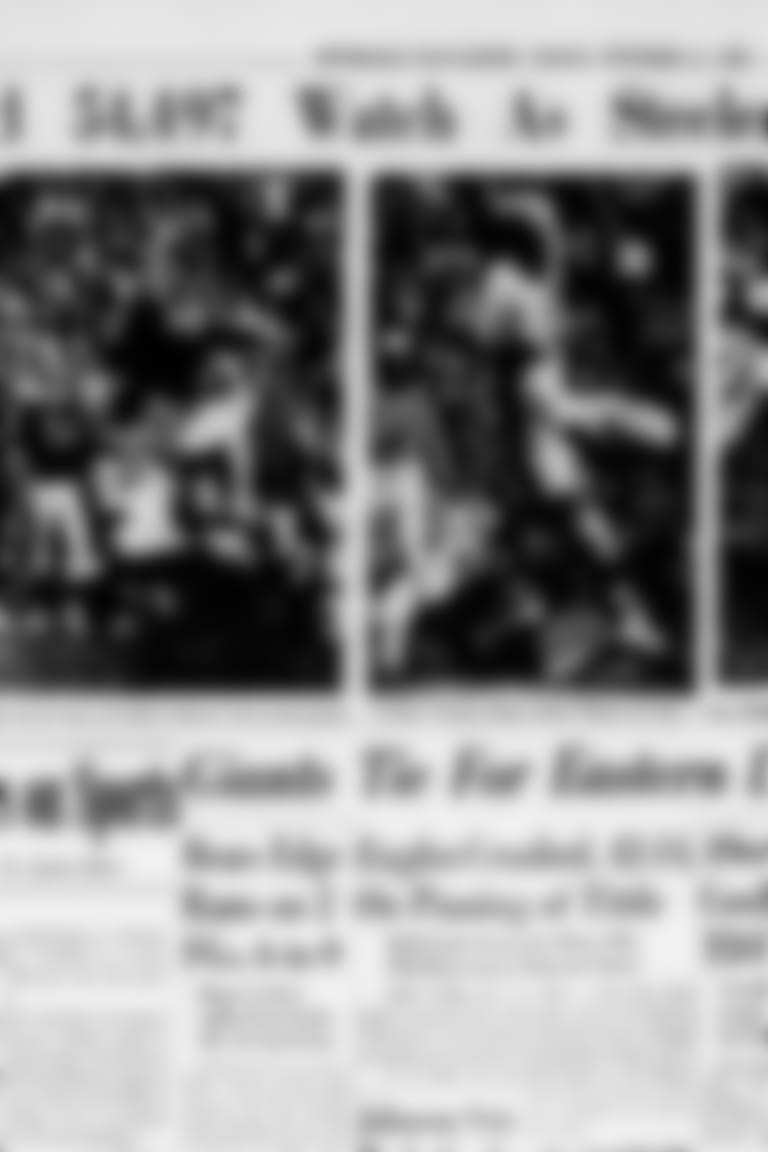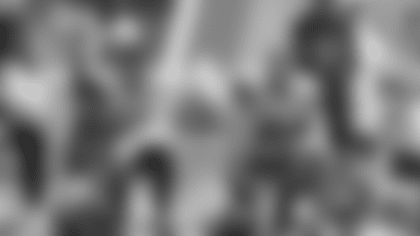They're so accustomed to spending their summers at Saint Vincent College, the historic fields and hallowed halls of the pastoral campus in Latrobe, Pa. have become such an entrenched part of Steelers' lore and legacy over the last five-plus decades that conducting a training camp in any other location seems almost unimaginable.
But it's far from unprecedented in franchise history.
There was a time when Art Rooney Sr.'s team bounced from place to place for preseason preparation, never spending more than a handful of years in the same location. The list reads like the back of a concert T-shirt.
Moore Field, Pittsburgh, Pa. (1933-37); St. Francis College, Loretto, Pa. (1938-40); Hershey, Pa.(1941-42; 1945-46); Philadelphia (1943); Waukesha, Wi. (1944); Alliance College, Cambridge Springs, Pa. (1947-51); St. Bonaventure College (1952-57); California State Teachers College, California, Pa. (1958-60); Slippery Rock College, Slippery Rock, Pa. (1961); West Liberty College, West Liberty, W.Va. (1962-63); and the University of Rhode Island, Kingston, R.I. (1964-66).
Included in that collection of destinations are the training camps the Steelers held prior to a couple of seasons played as part of World War II-necessitated mergers (in Philadelphia as the "Steagles" in 1943, and in Waukesha, Wis. under the "Card-Pitt" banner in 1944).
It'll be different this July and August, when the Steelers won't set a cleat on the grass at Saint Vincent for the first time since they began practicing there late in the 1966 preseason, in many respects remarkably so.
But the show must go on.
Here's a look back at how different it was (and in at least a couple of respects, how similar) the last time the Steelers adopted for the first time a preseason base of operations that wasn't Saint Vincent College:
FIRST THINGS FIRST
Preparation for the 1964 season actually started before the Steelers ventured to the University of Rhode Island. A group of 15 players, referred to back in the day as "early birds" (mostly quarterbacks and pass catchers) spent four days working out at South Park in Pittsburgh (the Steelers' practice quarters in the regular season) the week before training camp commenced under the observation of eighth-year head coach Buddy Parker. The one-hour sessions emphasized the passing game.
The four quarterbacks posed together for the Pittsburgh Press, each wearing a blank, white T-shirt and with a ball cocked and ready to be delivered Ed Brown, Terry Nofsinger, Bill Nelsen and Tommy Wade in a shot reminiscent of the images football cards used to display.
They threw to pass-catchers Paul Martha (a flanker from Pitt and the Steelers' No. 1 pick in 1964), Gary Ballman, Bill Barber, John Powers, Wayne Fullerton Jim Kelly (a tight end and a No. 2 selection from Notre Dame).
This was the apparent equivalent of OTAs back in the early days of the Lyndon Johnson administration.




